“Swiss Review”: Mr Notz, you are currently commemorating the Dadaists of 1916 at Cabaret Voltaire. But you also want to use the high level of attention generated to attract modern Dadaism to your venue for performances, readings and concerts. Does it actually still exist?
Adrian Notz: Dada no longer exists as an artistic movement. Strictly speaking, it only existed from 1916 to 1923. It then became part of other artistic movements, such as Surrealism, and resonated in later movements, such as Situationism, Fluxus, Punk and the Beat Generation. Performance art can also be traced back to Dada. Lots of things which are taken for granted in contemporary art today are based on Dadaism. From this perspective, it lives on not just as an approach to art but also beyond that.
There are no more Dadaists but there are successors?
Exactly. As a curator, it is very exciting to work with contemporary artists who do not call themselves Dadaists but do draw their inspiration from Dada.
Provocation was an important part of Dadaism. Can art still be provocative today?
If art’s primary objective is provocation then it is doomed to fail. The Dadaists did not primarily set out to be provocative but rather sought to create something new. That was provocative for people at that time who were unable to pigeonhole it. Opportunities absolutely do exist today for being provocative through art. You only have to think of Pussy Riot and their dance at the Cathedral of Christ the Saviour in Russia or the theatre performance in Paris by the Swiss artist Thomas Hirschhorn.
Was the “exorcism” of politician Roger Köppel at the Neumarkt Theater Dada? It certainly sparked outrage.
It was an artistic performance that was solely intended to be provocative, thus exhausting its meaning and substance.
Are there still artists who insist they are Dadaists?
There are certainly people – but they don’t tend to be artists – who call themselves Dadaists. But there is a common misconception. Not everyone who is a bit obscure, slapstick, eccentric and Dadaesque is a Dadaist. Lots of people use the typical clichés – the absurd, grotesque and provocative – but don’t go beyond the superficial level. Dada, by contrast, was about a vision in the search for a complete work of art that would liberate people from chaos.
Dadaism is currently receiving a great deal of attention in its anniversary year. But what will happen afterwards? Will it disappear back into the depths of the museum?
In its anniversary year Dadaism is indeed being widely celebrated through exhibitions at major museums. I nevertheless firmly believe that Dada will live on as an approach that is even more necessary today than a century ago. Dada opposed economic fatalism and general scientification where people are “snared and chained” and our roles and characters are allocated to us. That is still current. Today there is a trend towards self-optimisation training courses – we talk but don’t say anything. We have largely forgotten how to think and live independently and to show resilience. We have lost our backbone. With Dada we can adopt a different attitude again!


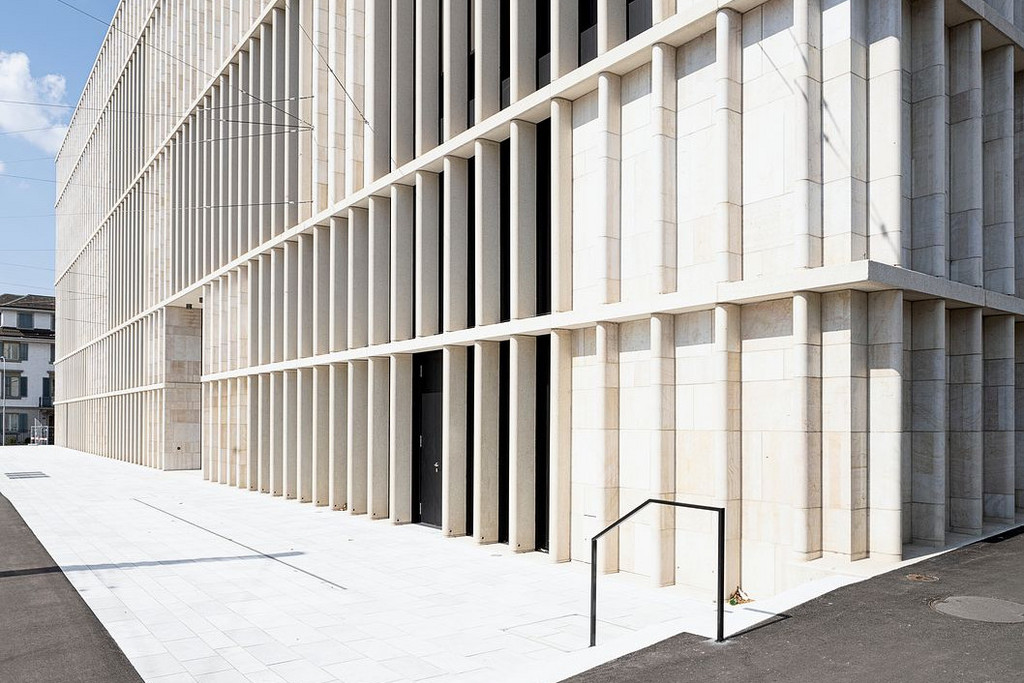

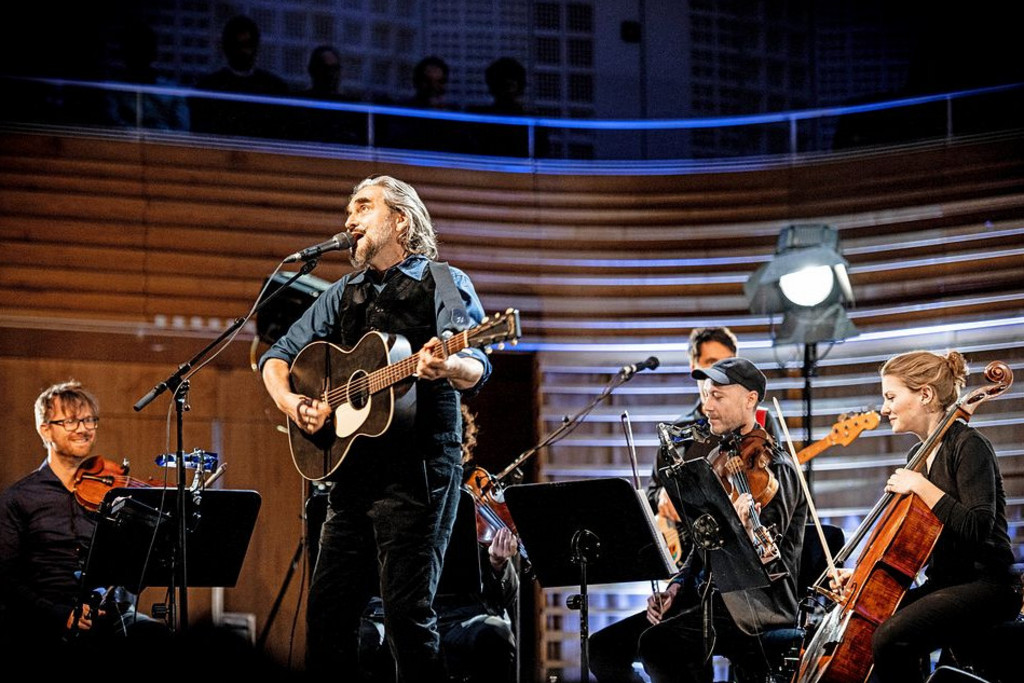
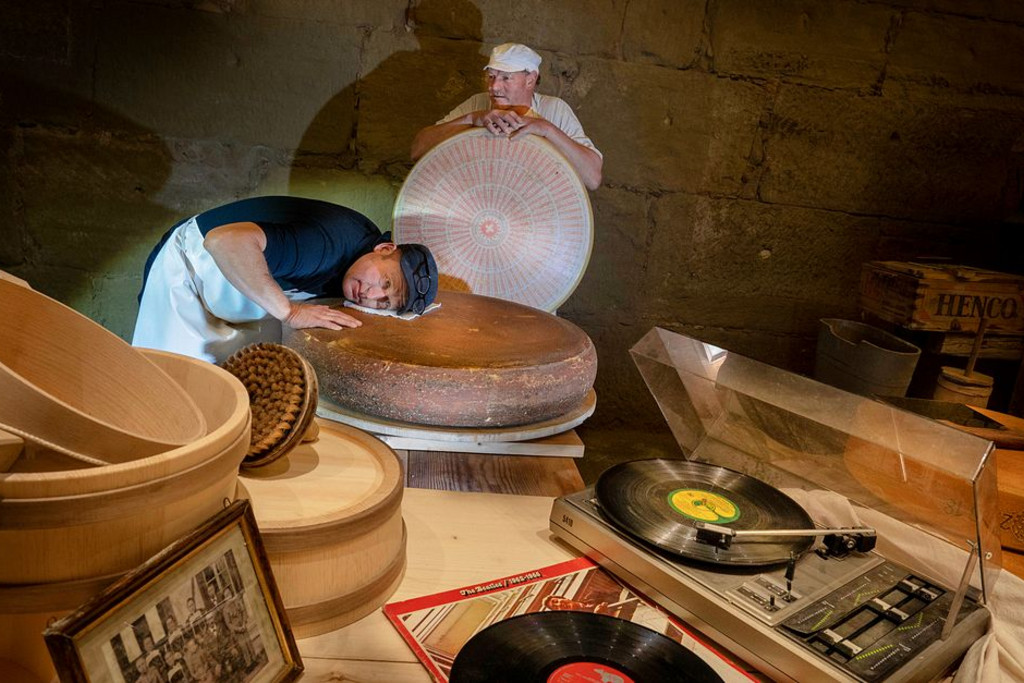
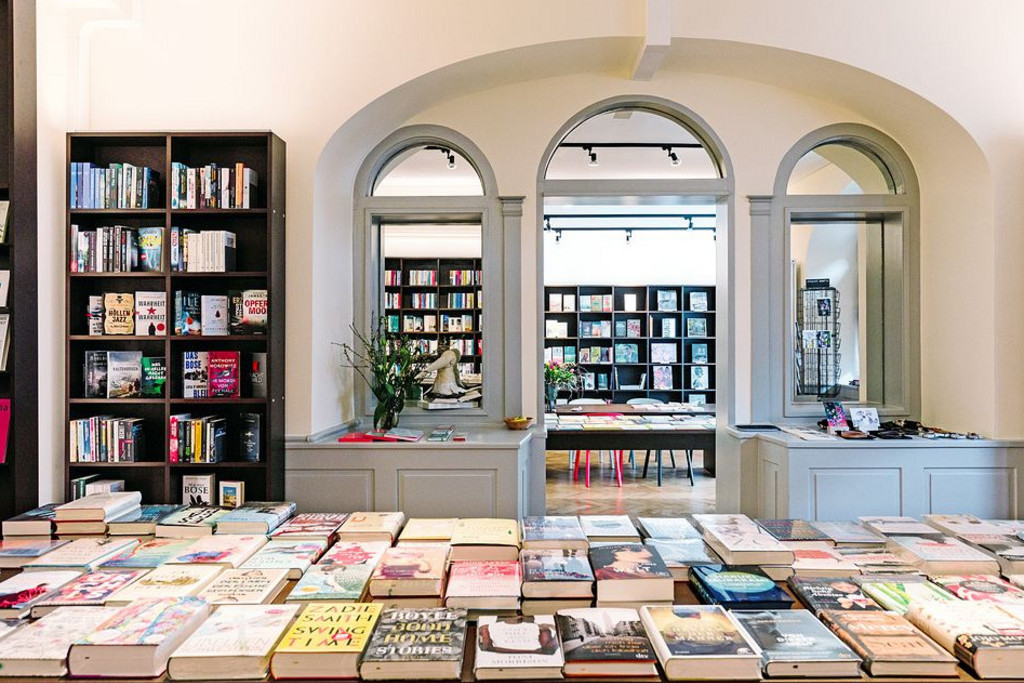




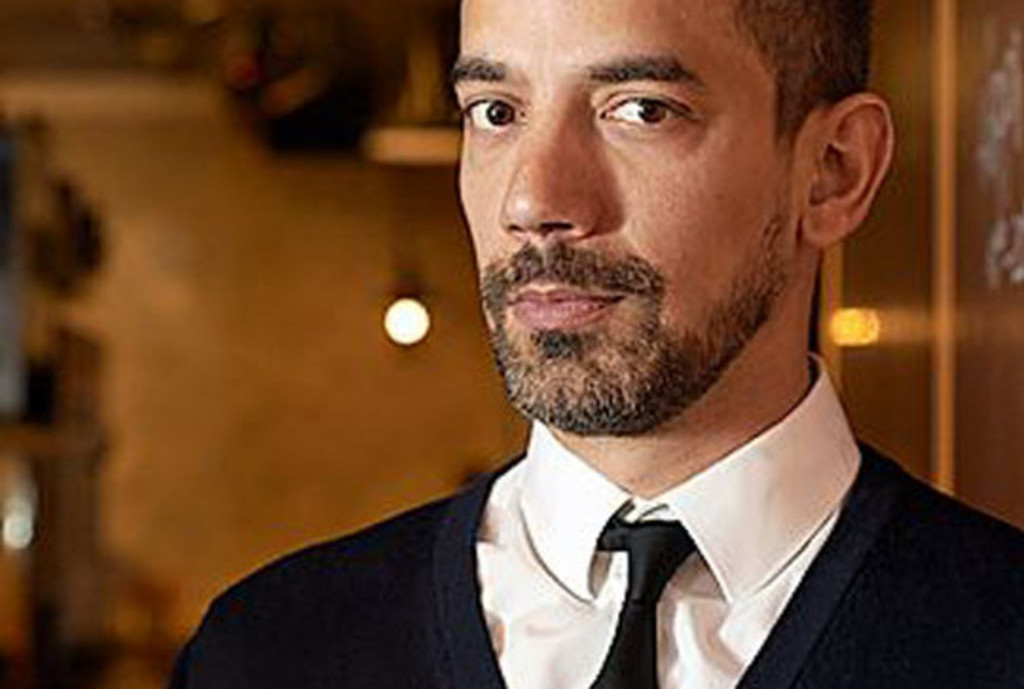
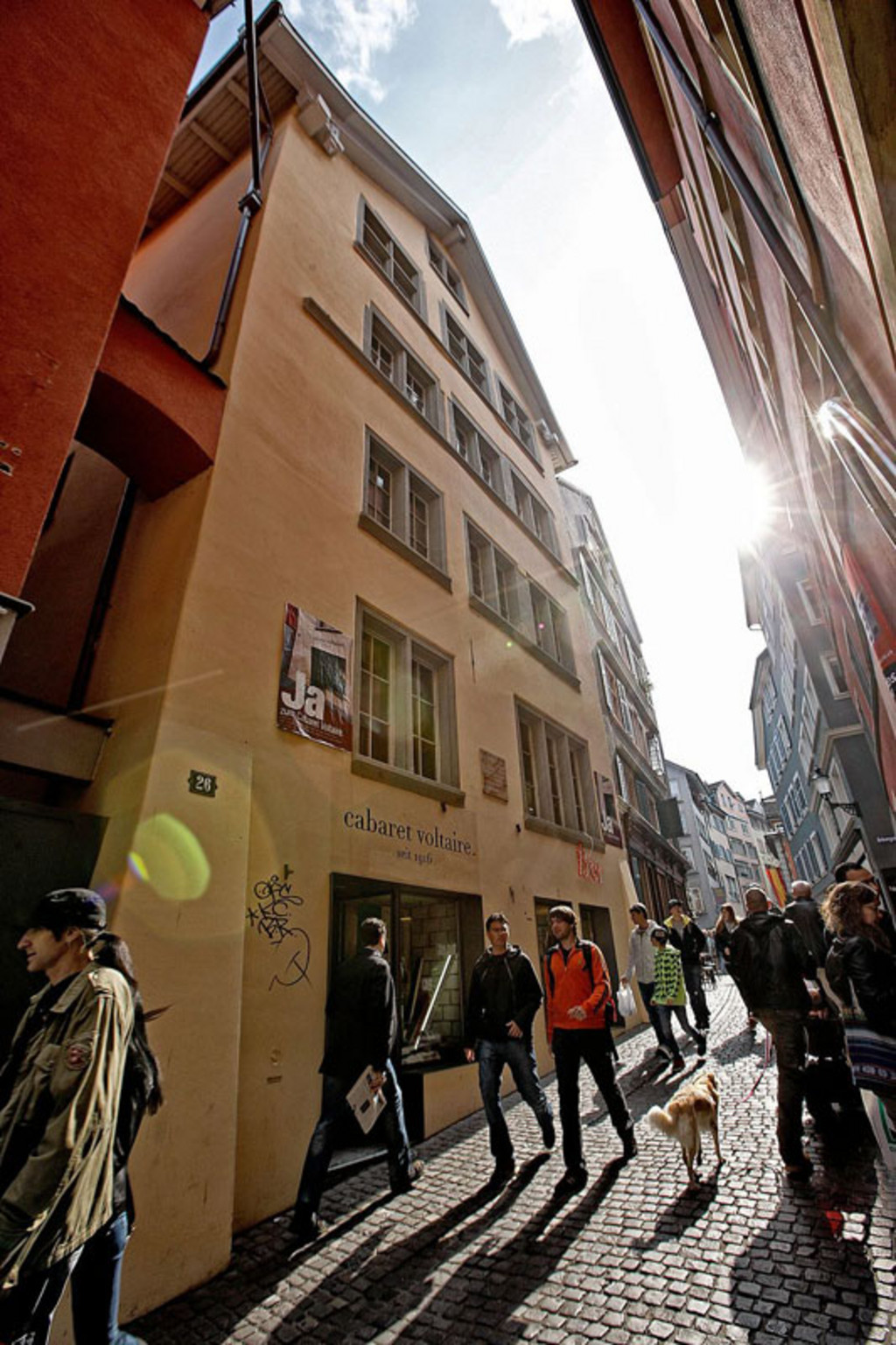
Comments